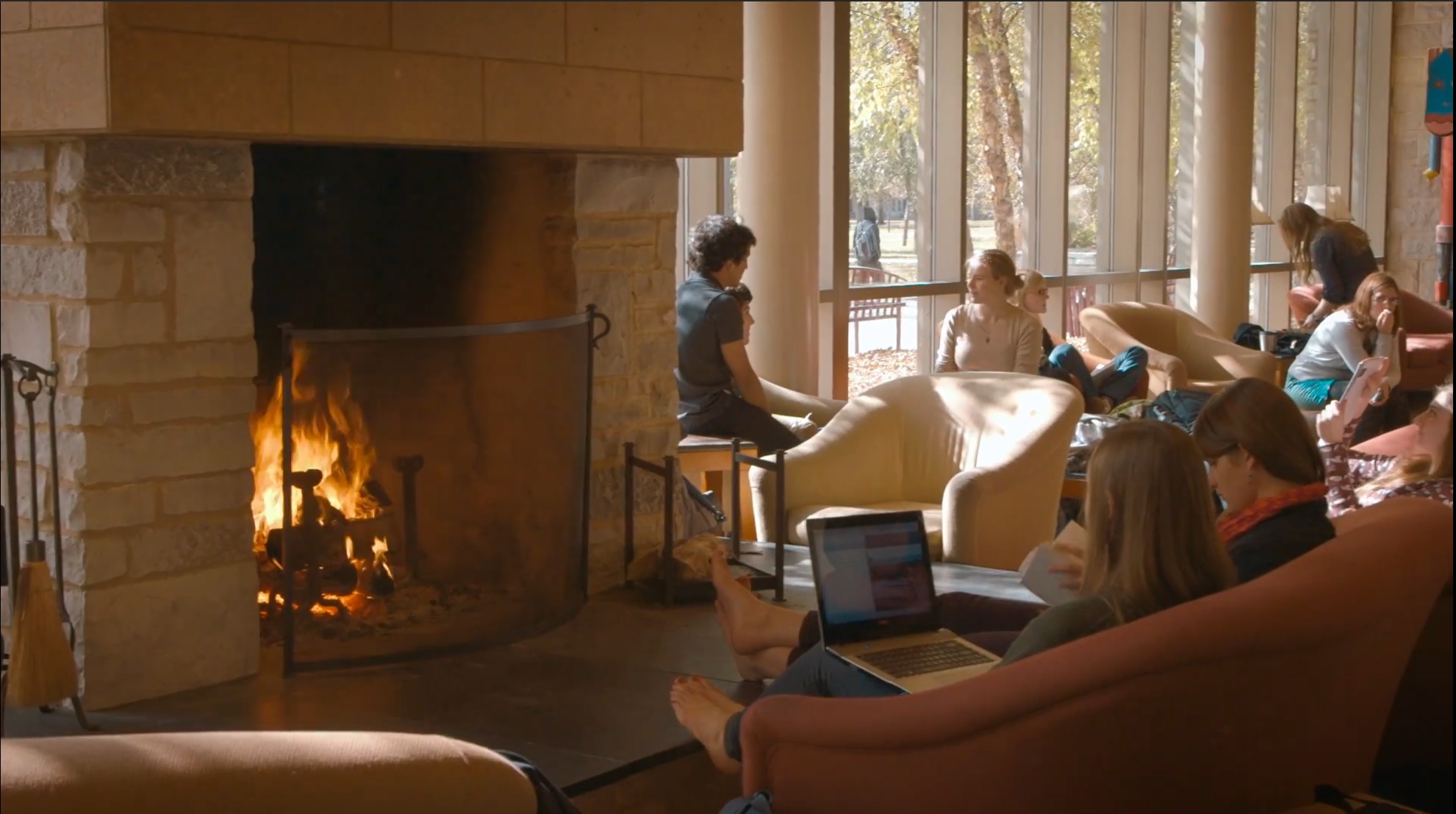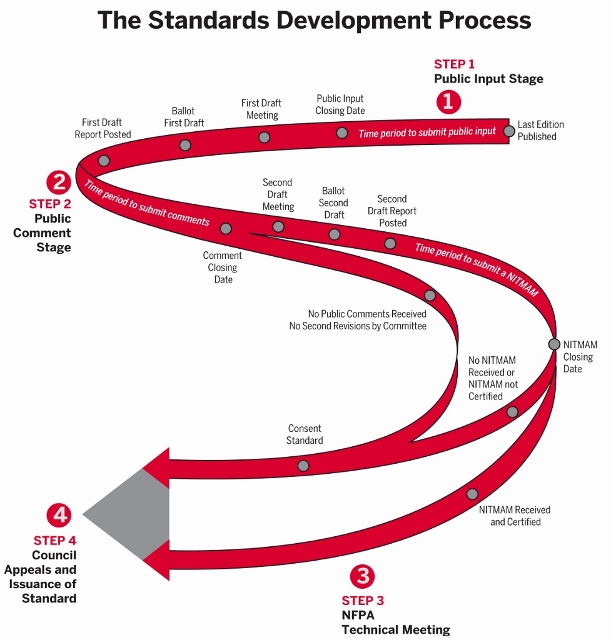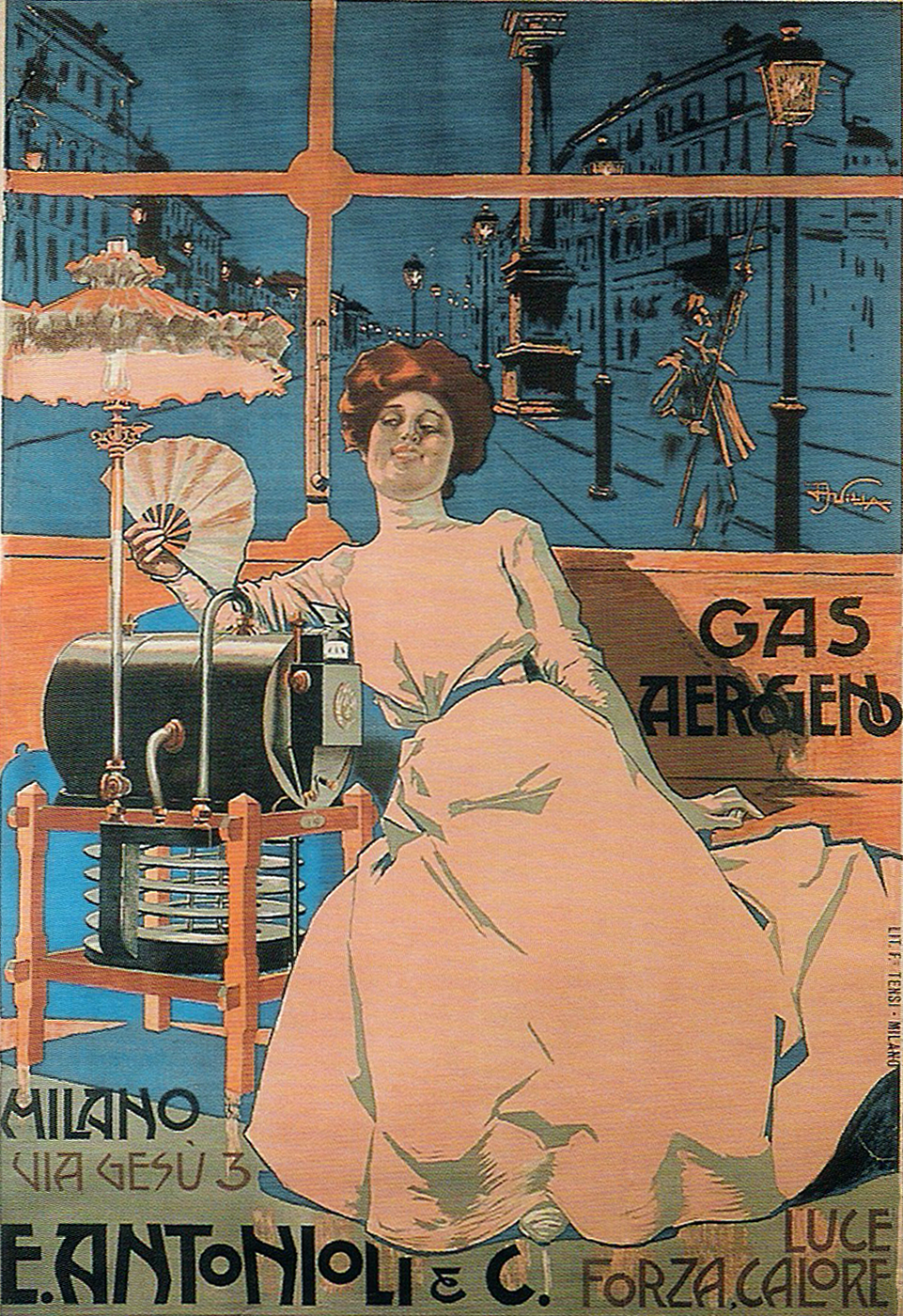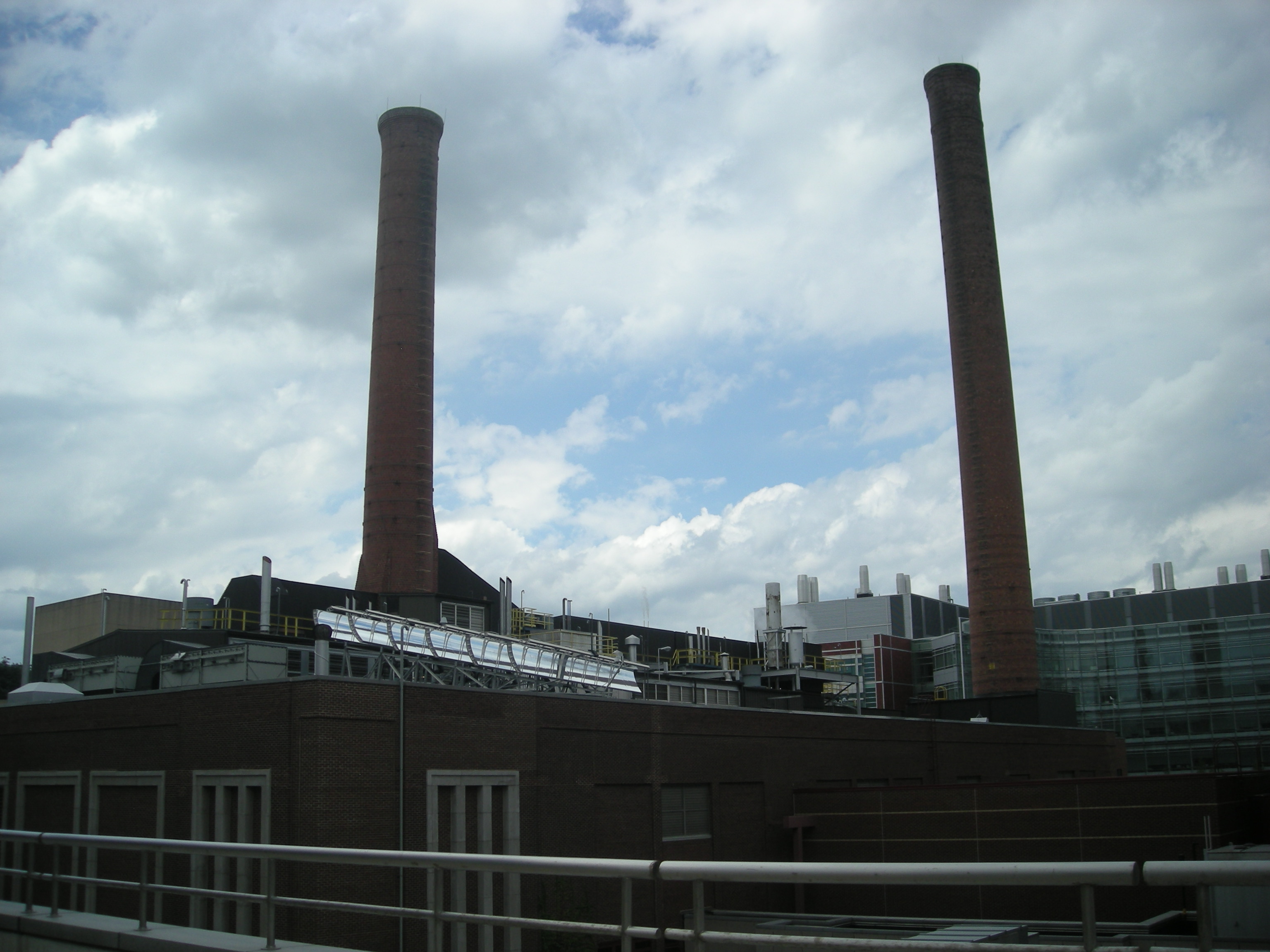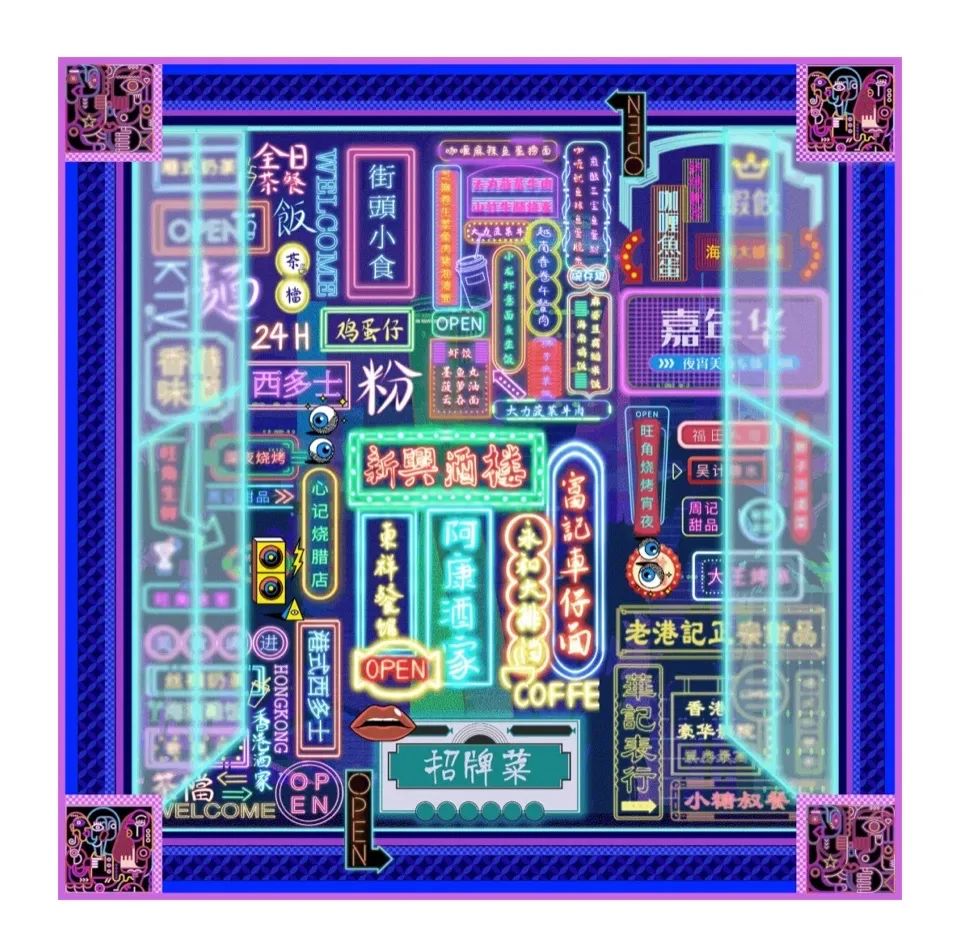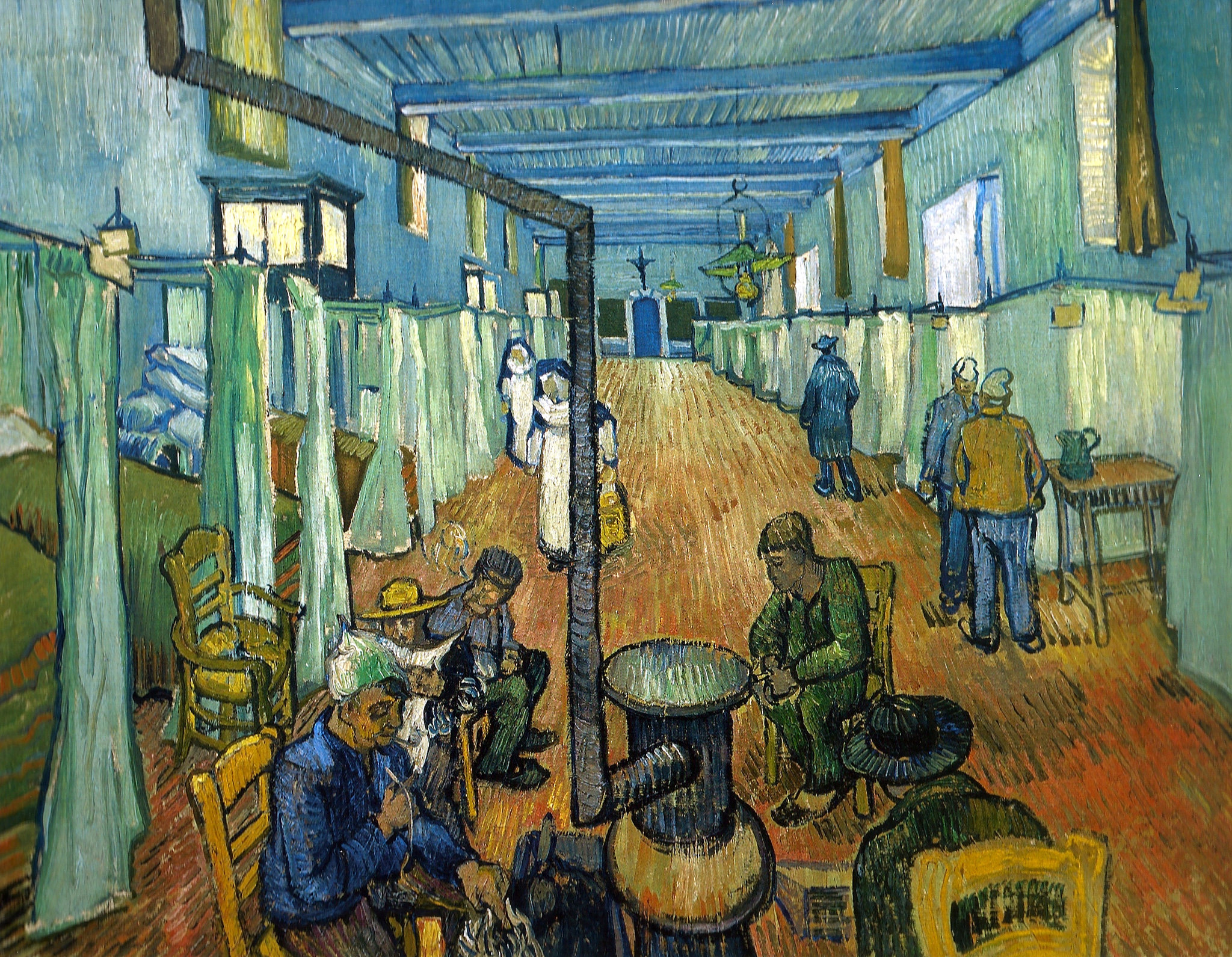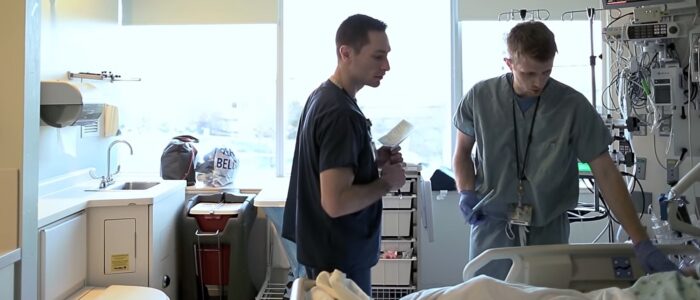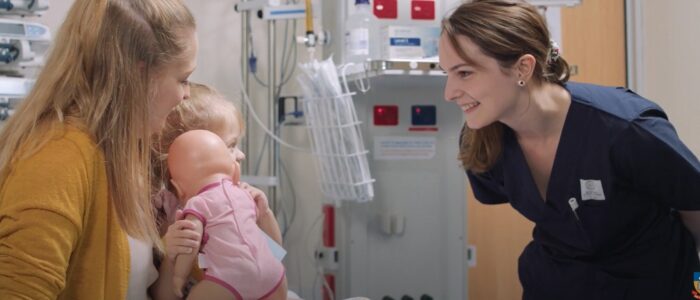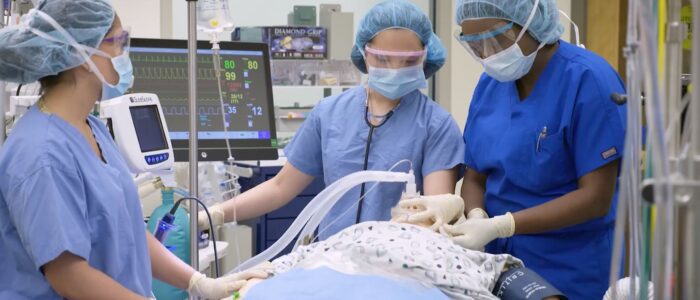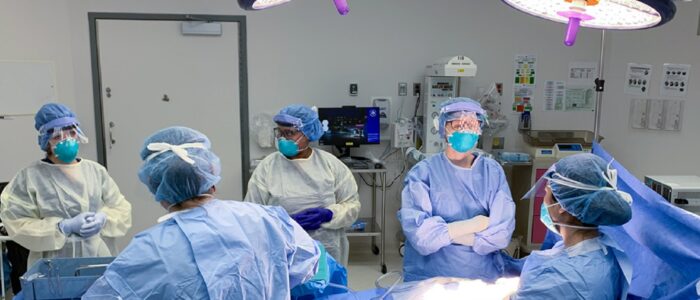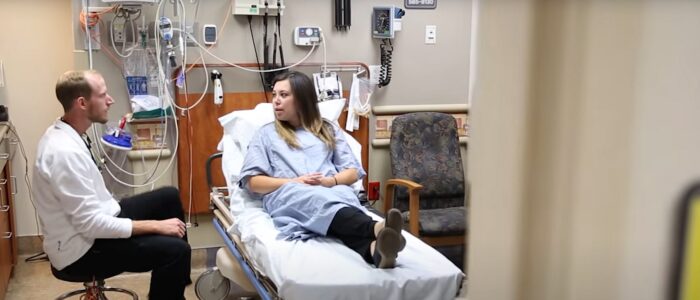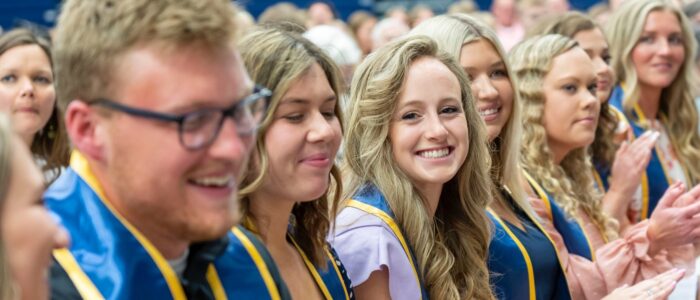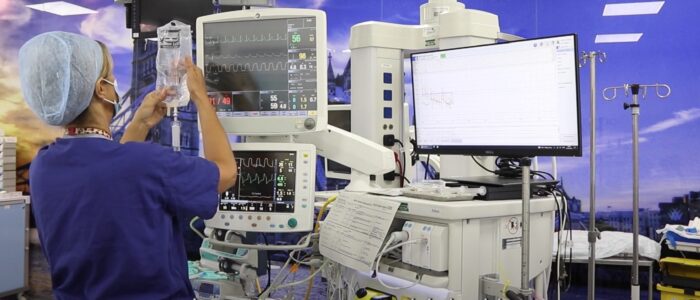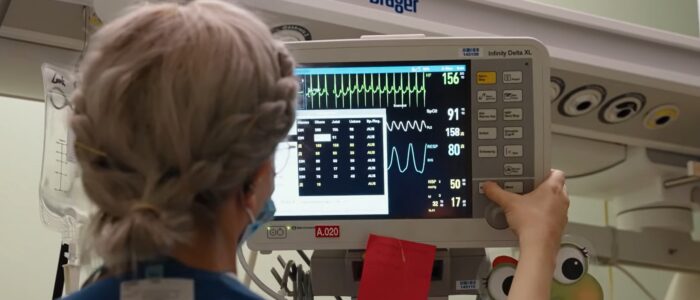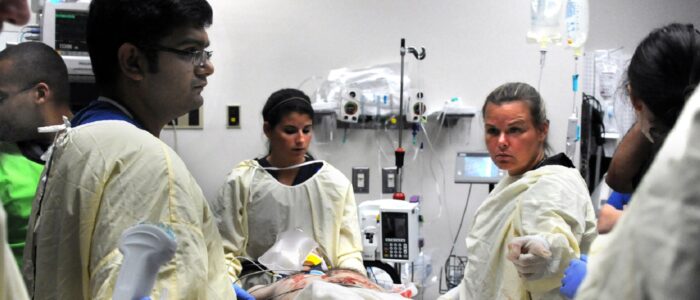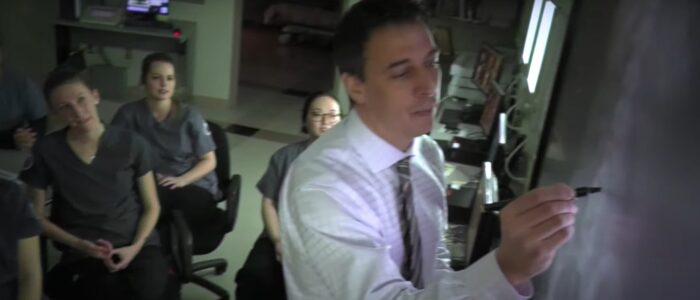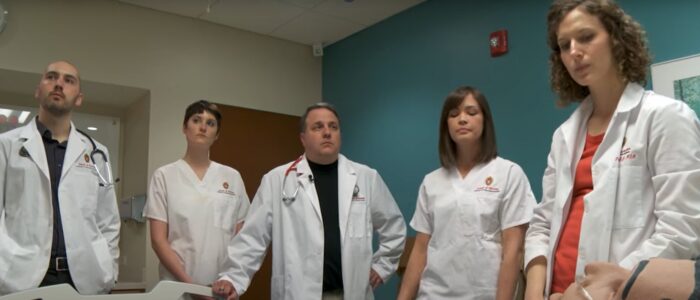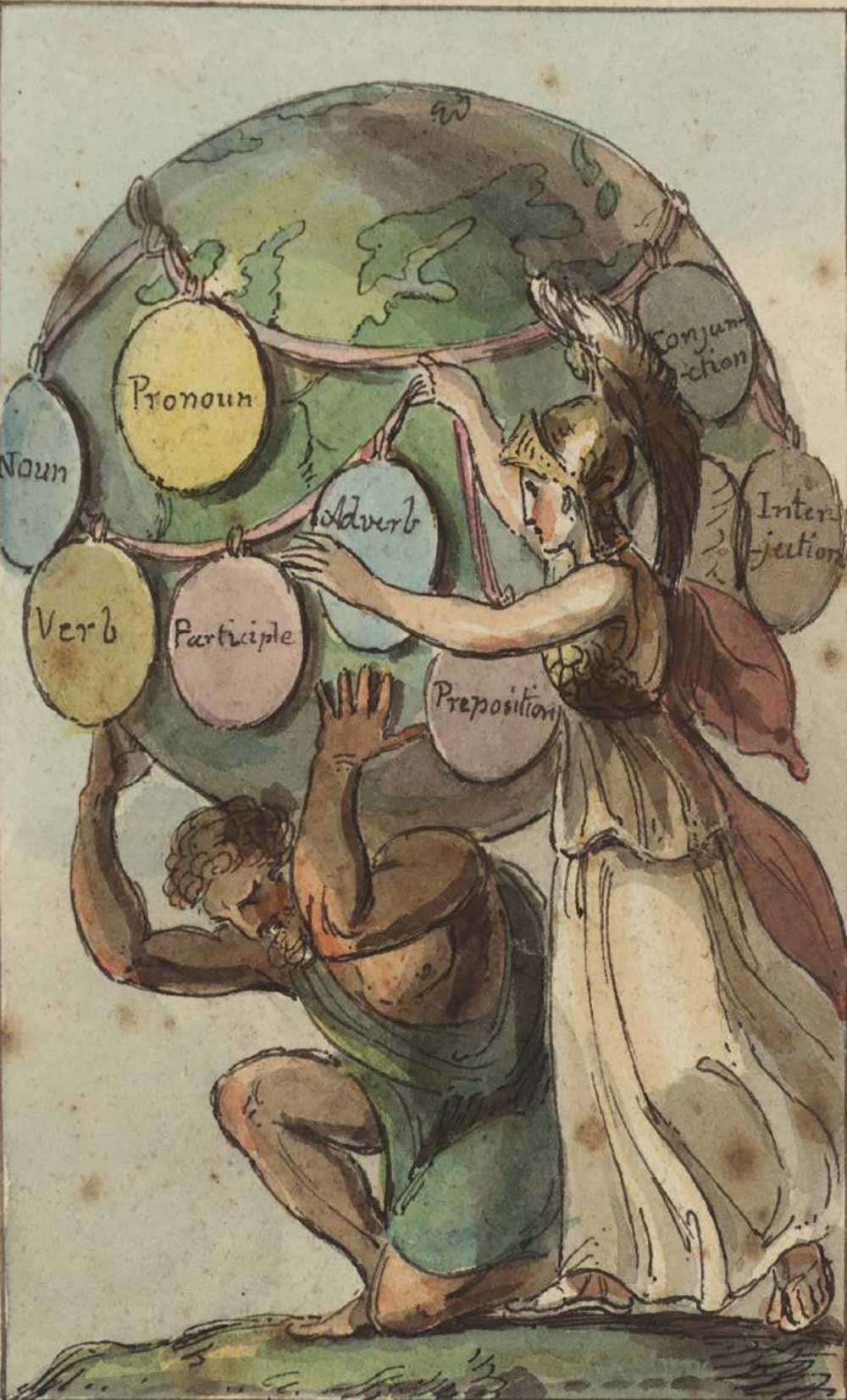Many accommodations such as dormitories, fraternities and sororities have working fireplaces — wood burning and natural gas. Community spaces such as student unions, libraries and recreation spaces also have fireplaces as a central feature.
The purpose of NFPA 211 is to reduce fire hazards by discovering and promulgating best practice for the safe removal of flue gases, the proper installation of solid fuel-burning appliances, and the correct construction and installation of chimneys, fireplaces, and venting systems. The current 2019 Edition is linked below:
Free Access: NFPA 221 Standard for Chimneys, Fireplaces, Vents, and Solid Fuel-Burning Appliances
The 2024 has been released. To guide our inquiry into safety and sustainability concepts for the 2027 Edition we like review the developmental transcripts of previous edition:
Public input on the 2027 Edition will be received until June 4, 2024. We encourage facility managers to recommend improvements to this standard by setting up a (Free) NFPA account the link below:
Online submission of public input and public comments
We maintain this standard on our periodic Prometheus and Housing colloquia. Consult our CALENDAR for the next online meeting, open to everyone
Link to parent standard:
University of Rochester Fireplace Safety
American Gas Association: How Natural Gas Fuels Your Holiday Traditions



